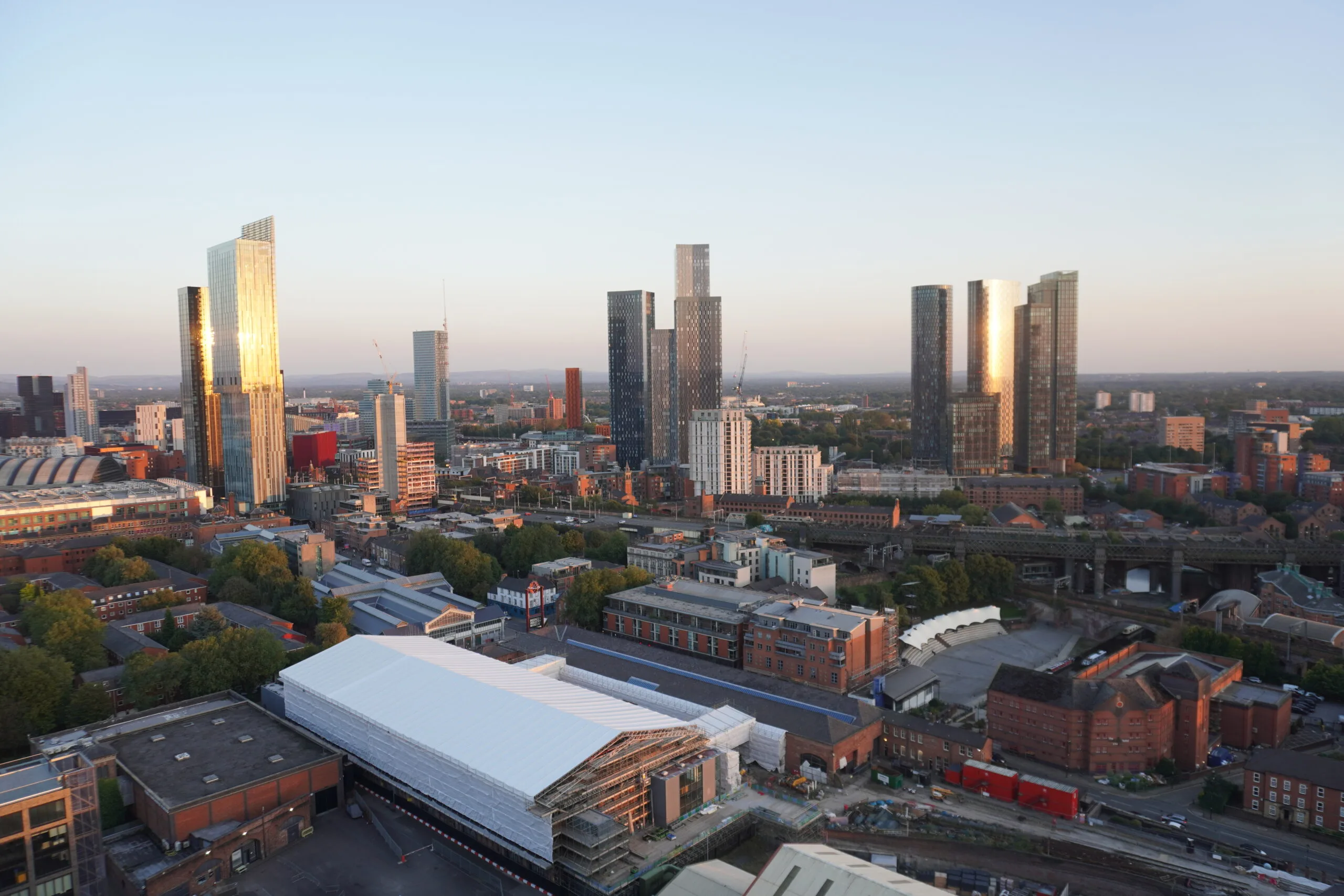The continuing shortage of affordable homes in England and Wales leaves a whole generation off the country’s property ladder, with no change in sight.
A study recently published by the Local Government Association (LGA) revealed that 14% of tenants are spending more than half of their entire income on rent. To put this into context, only 2% of homeowners have to do the same.
Hotel of Mum and Dad: Rising house prices make Generation Rent stay at home for longer
These figures highlight the difficulties “Generation Rent” faces not only when it comes to finding somewhere affordable to live, but also saving up for a deposit. An average deposit in the UK now costs 71% of a first time buyer’s annual income.
In the study, the LGA calls on the Government to support the building of rental homes that actually reflect what families can afford in rental accommodation, which is no more than one third of a household’s total income.
Furthermore, the research also pointed out that high house prices and rents make it a lot more difficult for young people to save for a deposit and own their home. Another LGA study showed that those aged 25 and younger are now half as likely to own their own home as they were 20 years ago.
The costs of a deposit vary widely across the country. In the South East home owner hopefuls have to save up 85% of their average annual income whilst the North West only needs to save 55%.
Rates in London go up even higher. Those aiming to buy in the capital have to save up 113% of their annual household income. Which is next to impossible.
However, the issues for “Generation Rent” go further. Last year the country managed to build 30,000 new affordable homes. This is the lowest number in 24 years.
It could take Generation Rent up to 59 years to make it onto the property ladder
Many of those homes actually came with a price tag close to unaffordable for a lot of families across the country. This led the LGA (among others) to call on the Government to give councils more power again so they can fulfil their role as a major builder.
Judith Blake, LGA housing spokesman, said:
“When one in seven private renters are spending half their income on rent, it’s no wonder we have a rental logjam with a shortage of homes with genuinely affordable rent, and young people struggling to have enough income left over to save for a deposit.”
“A thriving private rented sector helps create a balanced mix of available housing. A new wave of genuinely affordable homes for rental, that costs 30% of household income or less, would provide tenants with stability, reduce the squeeze on household incomes and help more people get on the housing ladder,” she continued.
“Only an increase of all types of housing, including those for affordable or social rent, will solve our housing shortage and a renaissance in house building by councils is ultimately needed if we are to boost affordability,” she added.
“For that to happen, councils must be able to borrow to invest in housing and replace sold homes and reinvest in building more of the genuine affordable homes our communities desperately need,” she concluded.









